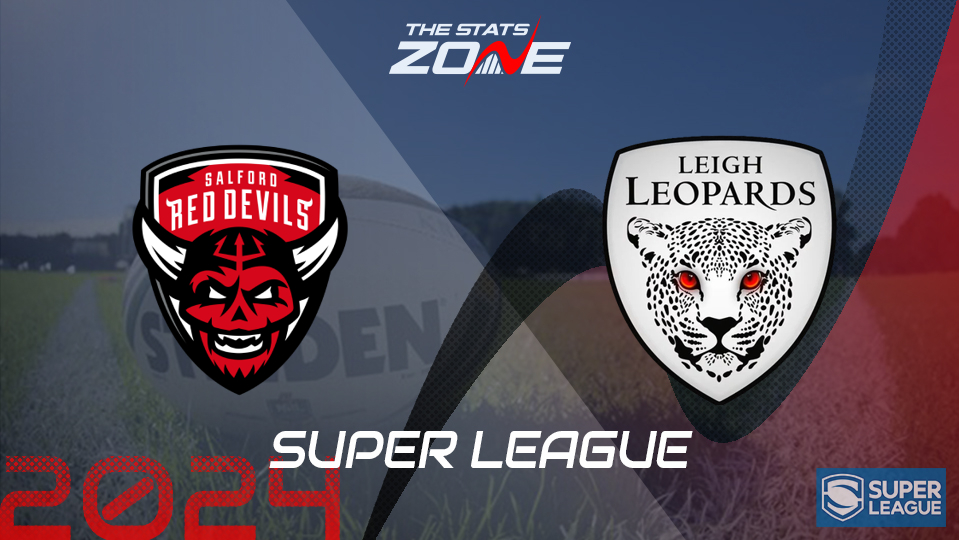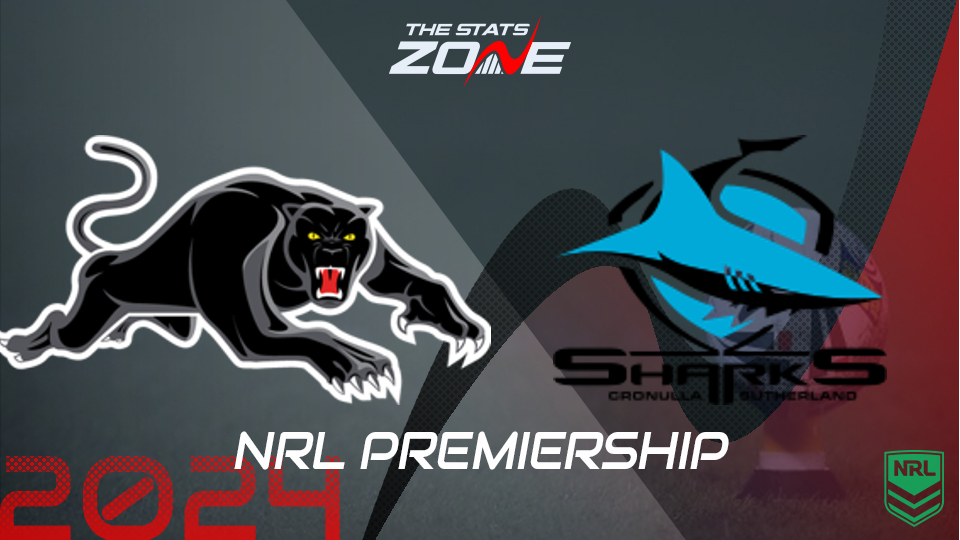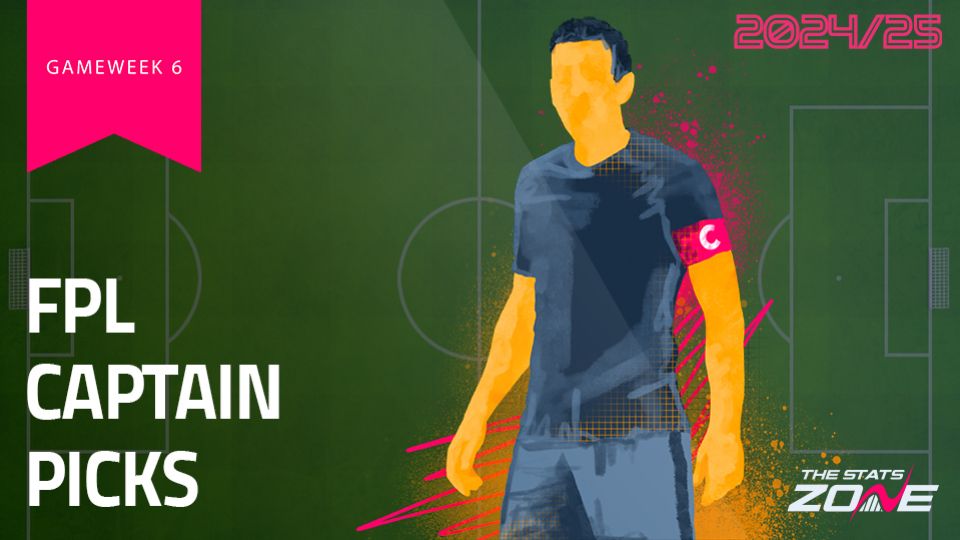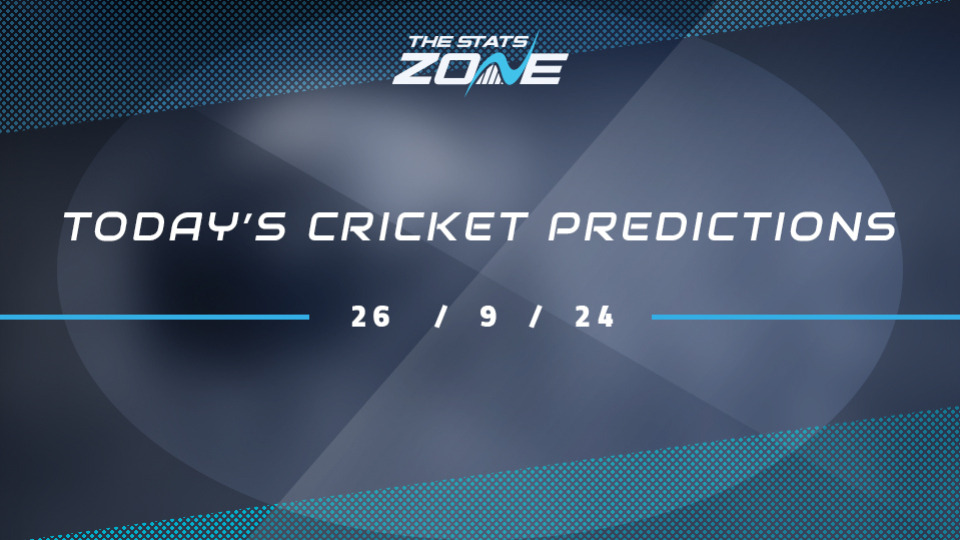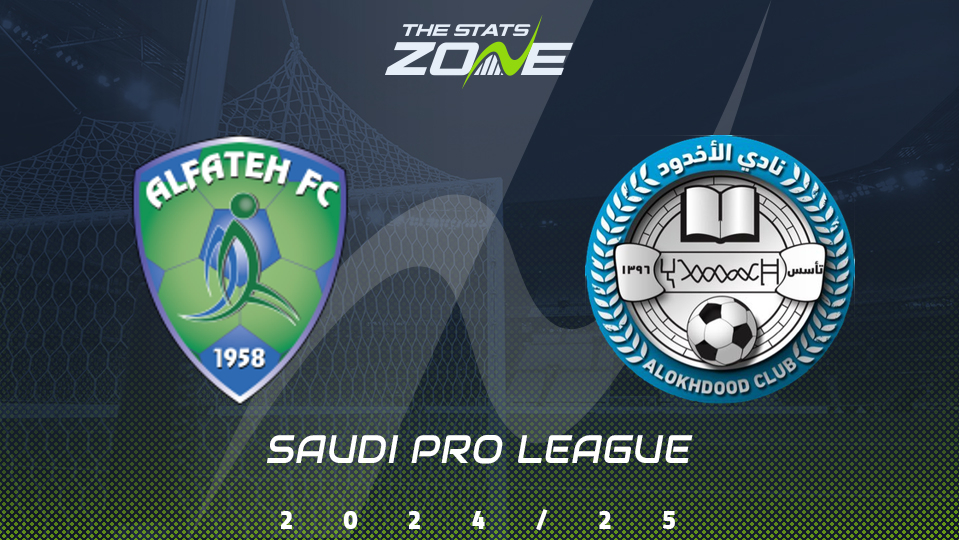Federer, Nadal or Djokovic: who was the most dominant in their peak?

There is probably no closer contest in the legacies of sport than that age-old ‘GOAT’ question surrounding Roger Federer, Rafael Nadal and Novak Djokovic. Perhaps it will be easier to discern once the three greatest male players to ever pick up a racket stop playing for good but, in the absence of anybody playing at all, TSZ are asking; which of the three was the most dominant at their peak? It’s a convoluted question for difficult times. In other words, which of Federer, Nadal or Djokovic was the best – at their best?
The overall career win percentages of the ‘Big Three’ leave little room for manoeuvre there, other than to highlight just how special they are. Both Rafael Nadal and Novak Djokovic are currently at 83% overall with Federer just one percent behind, albeit five years and over 300 more matches ahead. Indeed, much of the popular comparison out there is based around Roger Federer vs Nadal and Djokovic, as the elder statesman’s journey to the top was nothing short of trailblazing.
Federer emerged as a scrawny and (hard to believe now) hot-headed, talented youngster to win his first ATP title at the 2001 Milan Indoor on carpet – a venue and surface that could not clash more in vogue – before reaching his first quarter-final of a Grand Slam at Roland-Garros later that year. His first Grand Slam victory came two years later when he beat Mark Philippoussis in the final of his now beloved Wimbledon, and world number six Andy Roddick the round previous. This sparked a surge of tour titles and further slams that rocked the tennis world to its core. Federer quickly became the tour’s apex predator, keeping Roddick, an ageing Andre Agassi and Lleyton Hewitt in particular away from further glories. Federer had plenty of contemporaries, but it became clear quickly that nobody was in his league.
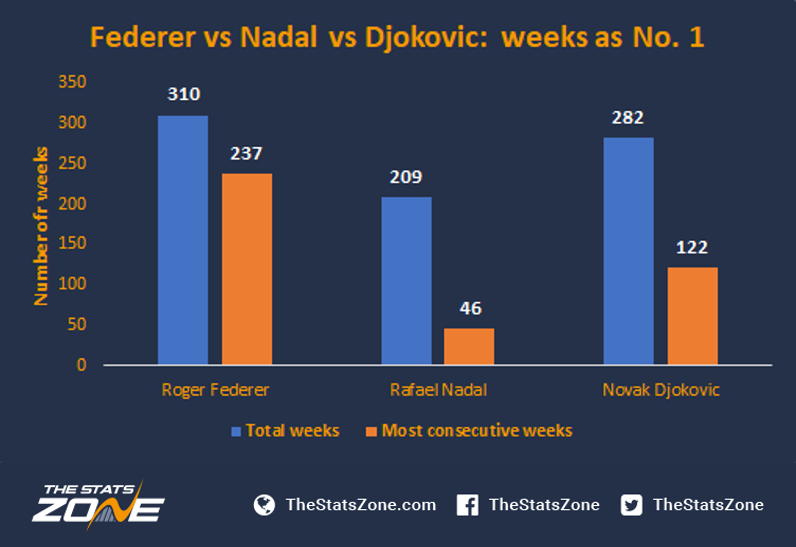
The Swiss’ dominance over almost a five-year period saw him stay at world number one for an incredible world record 237 consecutive weeks, something that is unlikely to ever be matched with the ever-increasing calendar. In 2005 and 2006, Federer won 95% of his matches, and 93% previously in 2004. Over five years from 2003 to 2007, Federer won 12 Grand Slams and five successive Wimbledon titles in a period that changed tennis forever. He achieved the same feat at the US Open from 2004 to 2008 alongside three Australian Open titles over that period. His clear superiority from the rest of the field over that era is what keeps him ethereal in the eyes of most tennis fans. The achievements of Djokovic and Nadal have most often been compared in his shadow because of this.
The anomaly is and has always been the French Open, Roland-Garros, where Federer has lifted the trophy just once in 2009 after losing out to Rafael Nadal for four consecutive years, three of those as the runner-up. It took a shock round of 16 win by Sweden’s Robin Soderling over Nadal to clear the path for Federer’s one French Open success – subsequently beating Soderling in the final. As, while the Swiss was making his legacy, a young enigmatic Spaniard was busy becoming the perfect adversary.
Rafael Nadal won his first of a stupendous 12 Roland-Garros titles, to date, in 2005. It was just his sixth Grand Slam entered and, remarkably, his debut in Paris. Beating Federer in the semi-final in 2005 set the course in motion for his own tournament streak as he won all of his first four French Open campaigns, bettered only by his second streak of five titles from 2010 to 2014. To this day, he has lost just twice at Roland-Garros in 15 years, not including an unfortunate exit due to injury in 2016, to Soderling in 2009 and Djokovic in 2015.

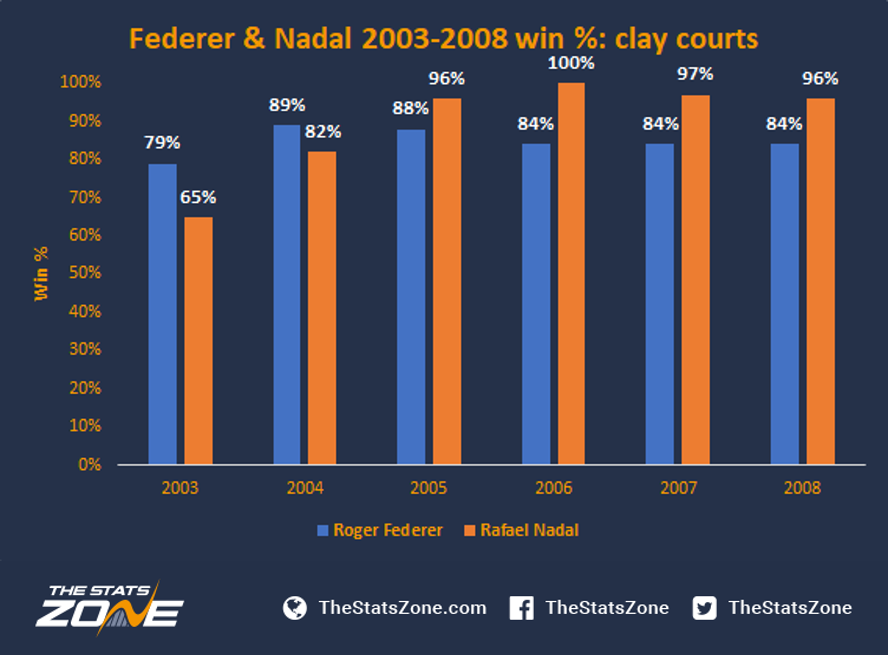
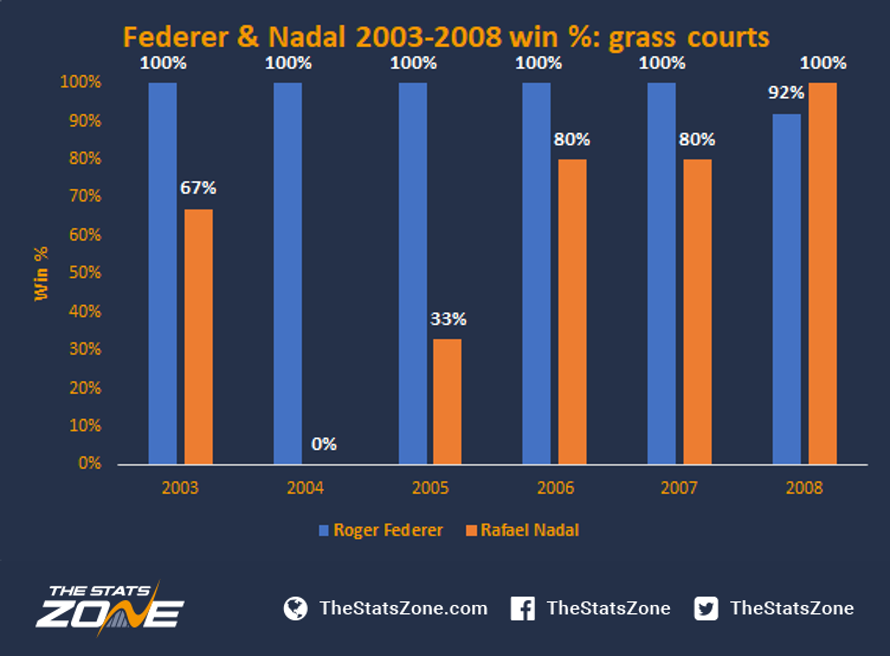
It is sometimes a tennis-writing cliche to label the South American players, Mediterranean players, or anybody with a Latin lilt in their name as a ‘clay specialist’. The shoe does not always fit. Juan Martin del Potro, for example, is a far better player on the faster courts than the clay surface, while Austria’s Dominic Thiem has been Nadal’s biggest threat in the clay season for a few years. While it is mostly true that players from these parts of the world tend to be more comfortable on the clay courts they most likely practised on growing up, it would be a disservice to label Nadal as a clay specialist.
Nadal’s steely determination has always been his real appeal to fans. All these years later it does not come as much of a surprise that he has dominated an entire era at Roland-Garros. There is a sense of entitlement to it in Paris for the Spaniard. While the world was obsessed with Roger Federer, who was winning almost everything, Nadal claimed his debut at the French Open and from then on it was in his nature to defend it with his life. Wimbledon has always been Roger Federer’s spiritual home, but Roland-Garros is Nadal’s fortress. The pair had met twice previous to that fateful semi-final, with one win apiece at the Miami Masters in 2004 and 2005, but Nadal’s victory on Philippe Chatrier sparked a five-match winning streak over the Swiss that enacted the rivalry of a decade.
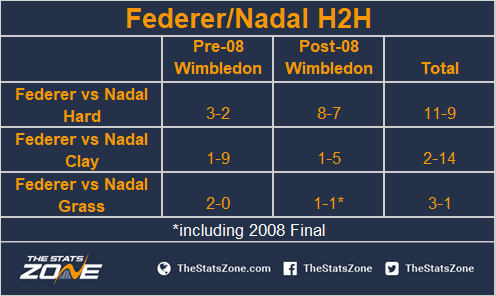
With Federer at number one and Nadal at number two, the argument was binary. Rafa wins on clay, Roger wins elsewhere, and in that fine balance the Swiss’ success eclipsed that of his nemesis. Indeed, nine of Nadal’s 10 wins over Federer came on clay between that 2005 semi-final in Paris and Nadal’s fourth title there in 2008. It was not until what many believe to be the greatest match ever played at Wimbledon, and probably in history, that Nadal truly proved himself Federer’s equal. In a final that lasted just under five hours, Nadal took the first two sets and then a decider in near-darkness to bring an end to Federer’s tenure at the top. A few weeks later Nadal became world number one for the first time.
Following this dramatic change in momentum, it could be argued that Federer was never the same again. Although, more aptly put, he was never able to assert himself so completely again. Nadal provided the competition the Swiss had never had before, and the younger man exerted further control over their encounters. His win on Federer’s fabled Centre Court at Wimbledon broke that binary pattern. Nadal went on to win 11 of the 16 matches played between the pair before Federer could claim another Grand Slam from him, the 2017 Australian Open.
There will forever be this counter in the GOAT debate: Nadal was not quite present during Federer’s reign of total dominance and, therefore, Federer had it easier. However, their vastly different early circumstances have shaped their careers. While Nadal was indeed over the horizon whilst Federer was in the early stages of his peak, the Spaniard had what Federer did not; a truly elite player to beat. Nadal had been gearing up to take on Federer for most of his professional career, like so many of the top players since. Federer was the pinnacle to reach. In this way, there was a target for Nadal to fight for, while Federer created the very top of the game and has been chased down ever since. He was also far from out of the running. Federer regained the coveted year-end world number one spot in 2009 for one last time and won seven further Grand Slams after Nadal beat him at Wimbledon, including the subsequent US Open, to Nadal’s nine. Meanwhile, a third player came forth to further muddy the waters.
Earlier in 2008, a year that truly defined the ‘Big Three’, 20-year-old Novak Djokovic won his first Grand Slam title at the Australian Open. The Serb was by no means an outsider at this point. In fact, he had been knocked out of his previous four Grand Slams by either one of Federer or Nadal, including by the Swiss in the US Open final in 2007. From the point of momentum change in the great rivalry between Federer and Nadal, between Nadal’s victory at Wimbledon in 2008 and Federer’s Australian Open title in 2017, neither can amount to Djokovic’s 11 Grand Slam titles. Although the three-year gap between his first and second titles (both at the Australian Open) left him on the outskirts for some time, 10 Grand Slam titles over the course of six years from 2011 to 2016 put him squarely in the same elite bracket as his two seniors. Furthermore, Djokovic is only the third man to hold all four major titles at one time, something neither Federer or Nadal are likely to match, and the first to do so on three different surfaces.
The attitude towards Novak Djokovic has and could well always be different to that of Federer and Nadal. It is something that seems to have simultaneously hurt him and driven him on. While he is by no means disrespected as one of the ‘Big Three’, he has never garnered the same amount of affection as the elder two players. The reasons for this are multitude and all are speculative, but perhaps one of the lesser discussed factors is his abrupt arrival into the story. Sport has always loved a rivalry: United vs Liverpool, Ali vs Frazier, Prost vs Senna. There was an irresistible symmetry to the year-by-year battle between Roger Federer and Rafael Nadal that culminated in that Wimbledon final. Djokovic upset the balance and made it a love triangle. It is often his more defensive style of play that is put forward as to why he is not held in as high a regard as the other two but in reality this seems a rather lazy brush to tar the best returner we have ever seen with. Djokovic, through no fault of his own, made things complicated. There wasn’t enough love left for a third elite player.
All three of Federer, Nadal and Djokovic have won at least 10 Grand Slam titles over a six-year period; Grand Slam to Grand Slam. Djokovic achieved it from the 2011 edition of the Australian Open through to his fifth title in 2016. Nadal, too, from his first Roland-Garros victory in 2005 through to his sixth in 2011. At his peak, though, Roger Federer can boast 15 Grand Slam titles within the same span of time dating from his first at SW19 in 2003 to his sixth Wimbledon title in 2009. In this way, through this particular set of parameters, Roger Federer was the most dominant player at his peak. However, this debate is not over.
Before the outbreak of Covid-19 called an abrupt halt to the ATP tour, Novak Djokovic had won three tournaments in 2020 with an 18-0 record for the season. He extended his own Australian Open all-time record in Melbourne by winning an eighth title just a week after defeating Rafael Nadal in the final of the inaugural ATP Cup for Serbia, retaking his place as the world number one. While it is safe to say that Roger Federer has peaked and is enjoying the longest, most successful twilight of any sporting career, the sun has not even begun to set on either Rafael Nadal or Novak Djokovic, and the Serb has all the momentum.
Indeed, while both Federer and Nadal have won plenty of titles over the last decade, their respective ‘peaks’ overlap each other in the truest form of an arch-rival narrative. Djokovic has enjoyed the best of his career most recently and is certainly the tennis player of the last decade with 15 Grand Slams over that period, not including this new decade’s opening Australian Open trophy. Rafael Nadal is not too far behind with 13, with Federer taking five titles between 2010-19. If we consider the ‘peak’ to be over the course of just a year’s amount of time, starting from Wimbledon in 2015 to victory over Nadal at Roland-Garros in 2016, the Serb was surely most dominant. Holding all four Grand Slams at one time can represent no less. However, as things currently stand, Djokovic has the least Grand Slam titles overall with 17 to Nadal’s 19 and Federer’s 20. With all three still playing and all three still considered the best on tour, the question is if world number one Novak Djokovic has even peaked yet? Federer won his last Grand Slam title at the age of 36 and came so close to winning a ninth Wimbledon title just last year. The man who beat him that day, Novak Djokovic, is on a collision course to exceed the other members of the ‘Big Three’; with Rafael Nadal likely the last man who can stop him from doing so.
We are left with more questions than answers when these three legendary figures are still taking to the court. Through many lenses, Federer’s 15 Grand Slams over seven years makes him the most dominant at an allocated ‘peak’. Yet, no player has ever or should ever again dominate one tournament as much as Rafael Nadal, who achieved his own answer to the ‘most dominant’ question by becoming the equal of the then greatest ever tennis player; establishing his own peak right at the summit of Federer’s. Meanwhile, Novak Djokovic has been determined to out-perform the both of them his entire career and has every chance of doing so. Perhaps one day he will be the definitive answer to one of sport’s hardest questions.


